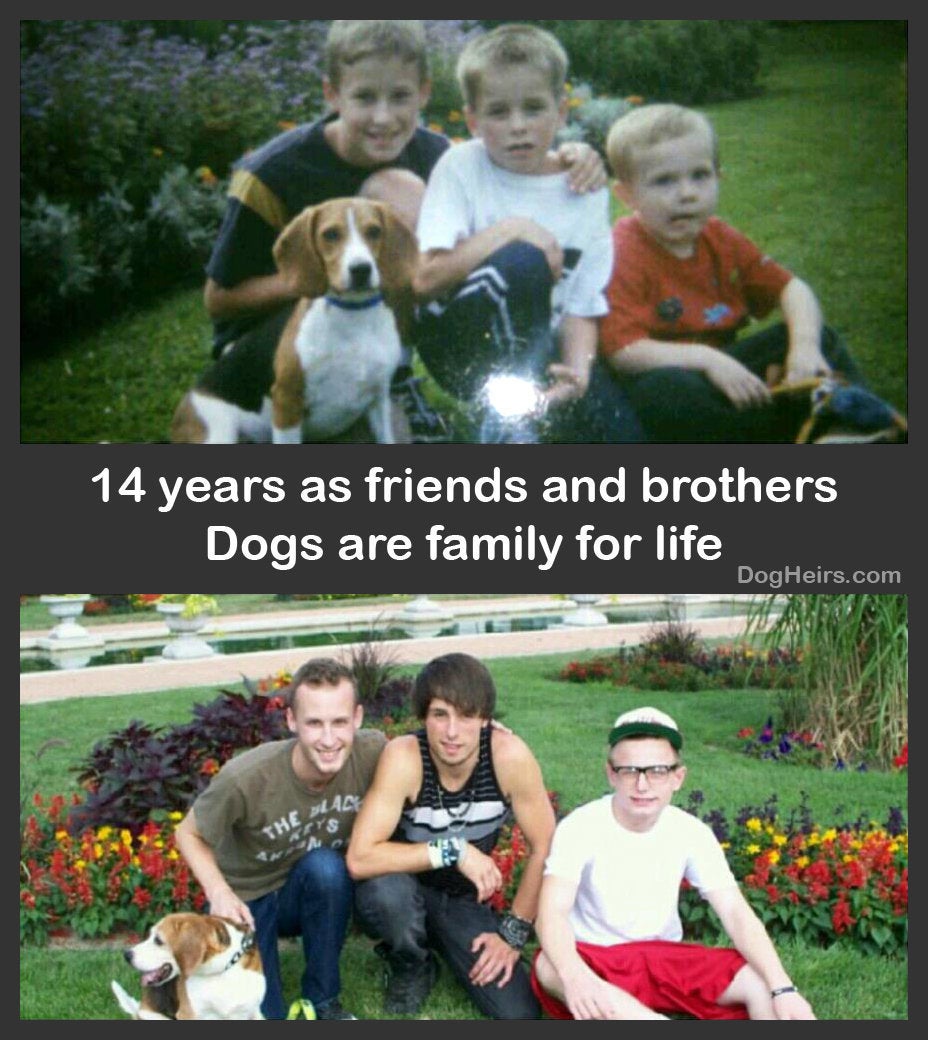Dogs and humans have been BFFs for a very long time -- at least 10,000 years.
No surprise there.
But have you ever wondered just how dogs and other animals got domesticated, and why? And how today's domesticated animals differ from their wild predecessors? The story is even more complicated than you might imagine.
To learn more about how man's best friend came to be -- and how dogs changed the course of human history -- check out the video above, and/or read the transcript below.
Don't forget to leave your thoughts in the comments. Talk nerdy to me!
They’re our best friends! Around 144 million Americans own a dog or cat as a pet. But how did our domesticated companions make the transition from wild creatures to tamed animals? And what does their history have to do with our history? Let’s find out.
Hey everyone. Jacqueline Howard here. Evidence for animal domestication can be found in ancient texts, wall paintings, Egyptian tombs and burial grounds. From all of this evidence along with modern genetic testing, we can piece together a pretty good timeline as to what animals were domesticated and where and when this took place.
For instance, we know that dogs were humans’ first pets. Some scientists say they evolved from wolves, but a new study suggests that dogs and gray wolves rather evolved from a common ancestor. Regardless, archaeologists know, from digging up artifacts and animal bones, that dogs have been a part of human lives way before the advent of agriculture -- so at least 10,000 years ago. In fact, mummified dogs have been found in ancient tombs in Egypt.
So this evidence strongly suggests that we were still hunter-gatherers when the earliest dogs most likely arose, and they likely played a big role in protecting us. For instance, a dog’s barking could have been like a prehistoric alarm system letting us know when dangerous animals or other tribes of foragers were nearby.
Then, how did domestic dogs, which are all of the subspecies Canis lupus familiaris, grow and branch out into so many different breeds all around the world? Artificial selection. That means we humans, for thousands of years, selected the dogs we liked the most -- because of their fluffy fur or friendly personality or intelligence or even ferocity -- and we kept those dogs around, and we bred them. In a span of less than 10,000 years, breeders have changed dogs’ personality traits and body shapes so they’d have aspects that we preferred. For instance, a dog may have been bred for its hunting and herding behavior. See what I mean?
Some scientists say that as humans realized that we could domesticate and use dogs for everyday tasks, like hunting, we then started to domesticate other animals for various tasks and resources too -- like sheep, goats, cattle, and pigs.
The domestication of animals played a key role in the rise of agriculture, and the expansion of early civilizations around 10,000 years ago. Just think, domesticating work animals -- from cattle and oxen to dogs and cats -- creates larger farms, which thus means more food and more people. When the population in one area grows so does infrastructure, social hierarchies, monumental architecture, I could go on and on. Around this time, different civilizations also traded and used livestock like currency. Horses and camels became the go-to form of transportation to trek long-distance trade routes. These beasts of burden transformed our way of life.
Of course, the domesticated animals that impacted certain communities varied around the world. Cattle, oxen, sheep, goats, horses, donkeys, camels, chickens, and pigs were all native to Afro-Eurasia while the people of the Americas domesticated llamas, turkeys, and guinea pigs…not exactly animals that could pull heavy plows or take you on long-distance trip. Because you can’t ride a llama or turkey, there wasn’t much opportunity to travel long distances to trade and develop -- which sheds light on how and why the civilizations in the Americas took a bit longer to develop than those in Afro-Eurasia. So you see, fluffy had way more to do with the evolution of human civilization than you probably thought.
See all Talk Nerdy to Me posts.

